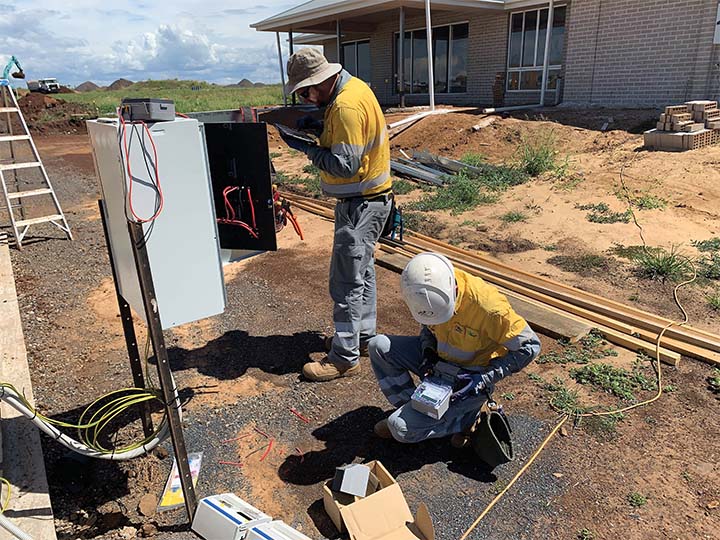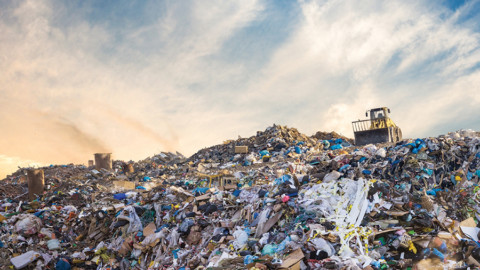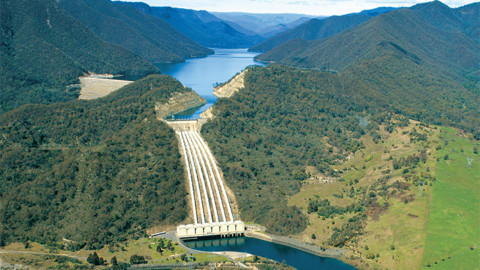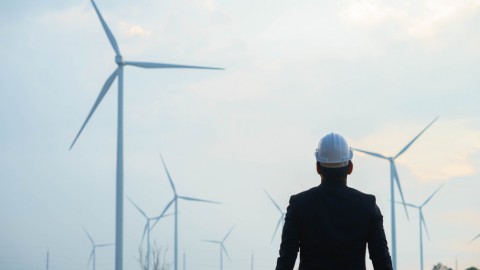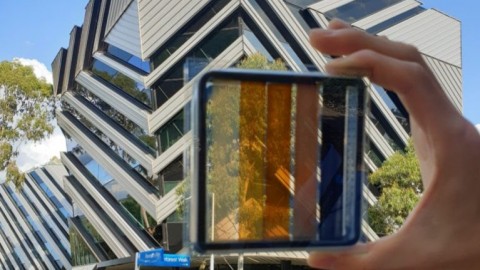A new app developed by employees at Energex and Energy Queensland is enhancing safety out in the field for crews.
Ergon Energy Area Manager John Fry measures the value of redesigning the processes around polarity testing and development of the Polarity app in very simple terms – it helps crews get a fundamental process right.
“People can die if we get it wrong,” Mr Fry explained. “The app is available to everyone in the field and it provides them not only with a tool to help them get the process right for polarity testing, it also provides our people with evidence they’ve followed the right procedure.”
It is now a requirement that every member of every crew across the Ergon and Energex networks have the Polarity app on their phones and use it when performing testing.
The business is now doing more than 60,000 tests each year since the first trial of the Polarity app in September 2019 and significant incident frequency rate has decreased because of the new processes guided by the app.
“The first step was to revise the test process to align to how work is actually completed, increasing the knowledge of staff performing the testing and ensuring the polarity testing is carried out correctly by stepping them through the required steps,” Mr Fry said.
“The old processes weren’t easy to follow and people who thought they knew the process were missing steps, so we really needed a tool that could tidy that up and give people a sequence to follow based on the activity they were doing.”
From start to finish the development, testing and implementation of the Polarity app, which was the concept of field person Mick Bellero, took about four months.
With the assistance of John Crighton, Training and Support Officer (Customer Connections) at Energex and Ashley Coote, Process and Technology Improvements Manager at Energy Queensland, hundreds of field staff across the state also helped design, test and improve the app.
“Initially everyone thought we needed to make the process shorter and simpler because we were bringing it together for both Ergon Energy and Energex crews, but the reality was that as we started pulling the process apart, we realised we had to add a few steps to control the hazards that were catching us out,” Mr Fry said.
“We deferred to expertise at all stages – we had field crews who do polarity tests all the time, so we leaned on them for the detail of what they thought worked and what didn’t’.” Mr Fry said it was the same with the technical side of developing an app to support the process.
That’s where Mr Coote’s expertise was sought. Mr Coote describes the development experience in somewhat paradoxical terms – taking a super complex process, adding more complexity to it so that a simple solution could be devised in the form of a tool that crews wanted and would use.
“This wasn’t a case of the business rolling out a tool and telling crews to use it – the people in the field were driving this which meant it was always going to be easier to implement, if we could get the interface and the interactions right,” Mr Coote explained.
“I remember one of the first interactions where I was talking to one of the team who came up with the idea for the app and he described himself as being okay on a computer.
“They said they would cut and paste the processes together as a starting point and that’s literally what they did with sections of printed pages being cut and then pasted onto another page – that’s not having a shot at them – but it gives you an idea of where we had to start.
“It really showed the diversity and different ways people think and work.” Over the next few months Mr Coote knocked up a rough prototype and let it loose on the crews. While Polarity app V1 was better than anything the crews previously had access to, Mr Fry knew that it could be much better.
“Even after we launched the first version of the app for trial in the field, I knew we’d have to tinker with it, and we did,” Mr Fry said. “That was why we put it out into the field – to defer to expertise so we could gather information and experiences from a really broad range of crews, because they were the ones who needed to use it.”
While that first version was in the field, Mr Coote was already re-designing an update to deploy. “I reckon about 300 people touched the app at some time during its development, in the learning groups and testing groups and in field trials.”
Those 300 “testers” became more than 2,000 when the Polarity app V1 went live with greater functionality, better accessibility and a clear process for crews all in one package. “It was a big win,” Mr Coote said.
“There were some technical challenges – like how we managed data capture when our crews were out of mobile service range. You’ve got to remember just how remote some of our customers are and how far crews have to travel to get to them.
But we managed to work around them and deliver an updated tool that was fit for purpose and delivered just about everything the crews wanted from functionality.” The ability to capture step by step images for each job offers multiple levels of protection for users and the business.
Bundaberg Electrical Mechanic Ashley Klinstrom describes the Polarity app as an “excellent bit of kit”. “It’s a process that’s written – there’s no need to rely on what you think might be the way to do it – you follow it from start to finish and there’s no missing any parts,” Mr Klinstrom said.
“The functionality to be able to recall pictures to either remind you of the job or to jump into a job that someone else has started is excellent – you’re not going into a job blind, it’s all there for you so you don’t mess things up or leave things out.”
The next iteration of the Polarity app will be a shift from the PowerApp platform to an iOS native version. Mobile Applications Platform Manager Dan Massey said not much should change – it will just be a more robust solution.
“We want to replicate what we’ve got in the current PowerApp as much as possible to reduce the end user impact,” Mr Massey said. “The update we’re working on is about improving the reliability and tweaking some of the functionality so there is a flow on from how the app works to how the crews use it.”
Some of that functionality is likely to provide the foundation for some hands-free capability which in turn will provide extra safety and efficiencies. “If we can get that right it means less stop-start time on jobs because crews will be able to work with the app without having to take their gloves off,” Mr Massey said.
“It will improve safety because it will also reduce the number of times they have to look away from a job “They seem like little tweaks but we want to enhance the app so it’s a better tool that’s helping our crews do the job properly and keeping them safe.”



